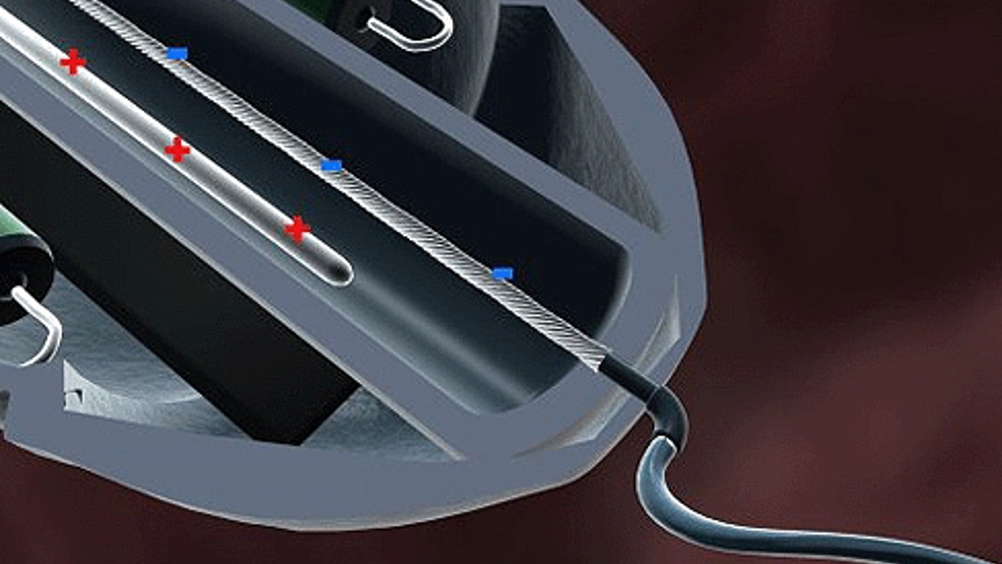Carbon nanotube 'muscles' could aid drug delivery
Artificial muscles strong enough to rotate objects 1,000 times their own weight have been invented by an international team of researchers.

The development could lead to the realisation of a propulsion system for nanorobots that can deliver drugs or remove parasites.
Using yarns of carbon nanotubes, the researchers developed artificial muscles that can rotate 250° per millimetre of muscle length.
This is claimed to be more than 1,000 times that of available artificial muscles, composed of either shape-memory alloys, conducting organic polymers; or ferroelectrics, a class of materials that can hold positive and negative electric charges even in the absence of voltage.
In a statement, associate Prof John Madden, of the UBC Department of Electrical and Computer Engineering, said: ‘What’s amazing is that these barely visible yarns composed of fibres 10,000 times thinner than a human hair can move and rapidly rotate objects 2,000 times their own weight.
‘This new generation of artificial muscles — which are simple and inexpensive to make — could be used to make tiny valves, positioners, pumps, stirrers and flagella for use in drug discovery, precision assembly and perhaps even to propel tiny objects inside the bloodstream.’
Register now to continue reading
Thanks for visiting The Engineer. You’ve now reached your monthly limit of news stories. Register for free to unlock unlimited access to all of our news coverage, as well as premium content including opinion, in-depth features and special reports.
Benefits of registering
-
In-depth insights and coverage of key emerging trends
-
Unrestricted access to special reports throughout the year
-
Daily technology news delivered straight to your inbox










Water Sector Talent Exodus Could Cripple The Sector
Well let´s do a little experiment. My last (10.4.25) half-yearly water/waste water bill from Severn Trent was £98.29. How much does not-for-profit Dŵr...